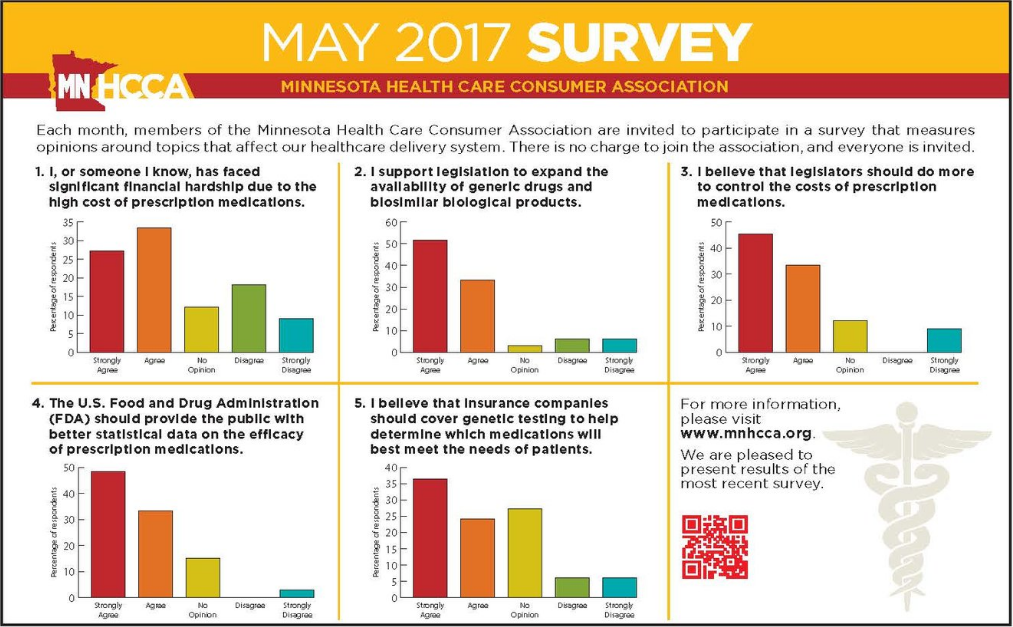Understanding how they work
By Marie Casey Olseth, MD
Many patients get referred to me after having tried multiple psychiatric medications, none of which provided effective relief of their symptoms. They are understandably frustrated and skeptical about seeing a new psychiatrist, let alone trying any new psychiatric medications.
The frustration may increase if they consult “Dr. Google” or ask non-medical professionals for information. Multiple factors must be considered before marking any decisions about prescribing psychiatric medications. That’s why I make it a priority to educate my patients on how I come to a decision about the medication- and the dosage- that I recommend. As a result, they feel more informed and more comfortable with the decision to start the medication.
Common Questions
The discussions are as varied and unique as the patients themselves, but some common themes do reoccur. Here are some examples.
“I already tried that medication and it didn’t work.”
In many cases, the patient was actually taking a psychiatric medication that would have been effective for the symptoms but had been prescribed at the incorrect dosage.
For example, one patient was recently referred to me after finding gabapentin ineffective in treating his anxiety. Further discussion revealed that he had been prescribed a dose that was sub-clinical- in other words, it should have worked, but he was not taking enough of it to be effective. He was skeptical of the recommendation to try gabapentin once again at an appropriate dose, but was later amazed at the relief it provided, essentially eliminating the formerly paralyzing impact of anxiety on his life. The correct dosage can make the difference in the effectiveness of some medications.
“2mg of Xanax everyday works fine. Why should I change it?”
Other referrals come from primary care physicians urging their patients to find safer alternatives to the higher-risk psychiatric medications they currently use. Many of these patients don’t want to eliminate the higher-risk medication- a controlled substance, for example- because they have developed an emotional attachment to and/or a dependency on the medication.
In many cases, the patient was initially prescribed the controlled substance with instructions to use it only “as needed” (sometimes written on the prescription pad or pill bottle label as PRN, for the Latin term pro re nata). The prescriber may have intended this to mean less than once each day, but, over time, some patients increase their intake to get more symptom relief, ultimately taking the medication multiple times daily.
Patients may not appreciate the many risks of certain medications and may not understand that their psychiatric symptoms could be managed with other, safer alternatives. I advise patients that, as psychiatrists, we have many tools in out medication toolbox to manage their symptoms. We draw upon our knowledge and experience to make recommendations regarding medications. Patients are often initially skeptical and nervous, but after they become comfortable with the recommendations and then transition to safer medications to manage their psychiatric symptoms, they are surprised at how effective the safer psychiatric medications are at managing their symptoms.
There are many examples of this, but using the Xanax case as an example, some patients who use Xanax multiple times each day are often surprised that their anxiety might be better controlled by some other medication. It was not until getting off Xanax that they realized how multiple doses contributed to daily discomfort and to intraday withdrawal symptoms as the effect of the medication wore off. Patients also tell me that their thinking was “foggy” while on Xanax, but that the medication we transitioned them to managed their anxiety without negative cognitive impacts.
As with any prescription medication, side effects may vary considerably from patient to patient. The treatment regimen that works perfectly for one individual may be ineffective for another, so it’s important to raise concerns with your provider.
“You are recommending two medications. I used to be on just one.”
A top priority in managing psychiatric conditions is to minimize “medication burden” – the negative impact that a drug causes on a person’s physical and cognitive health. Complications related to medication burden could be temporary, lasting only while the person takes the drug, or could result in cumulative, long-term effects.
The goal is to help patients manage their psychiatric condition with minimal medications.
Reducing medication burden often involves reducing the number of medications. Other times, it involves replacing one high-risk medication with two safer medications that, taken together, can manage the same symptoms.
Psychiatric medications as “training wheels”
Many patients want help, but do not want to take psychiatric medications. The goal is to help patients manage their psychiatric condition with minimal medications. Some psychiatric conditions are chronic and severe and do indeed require long-term use of medications. But many patients manage their psychiatric illness with a time-limited course of medications, using the drugs as “training wheels” to treat a condition while simultaneously attending regular therapy appointments to develop new skills. Ongoing therapy is similar to utilizing a personal trainer to motivate and train you, except that, in this case, the therapists work to optimize your mental health. The therapist coaches you on changing cognitive an behavioral patterns, moving from patterns that cause and reinforce psychiatric illness to patterns that promote optimal mental health.
I sometimes follow a 70/30 rule in prescribing, dosing the psychiatric medications to achieve 70 percent relief of the symptoms. This decreases the symptoms enough for a person to be comfortable enough and to have enough emotional strength to work on their symptoms in therapy. Eliminating all psychiatric symptoms with medications may remove incentives to regularly rehearse the skills and behaviors taught in therapy. For some patients, this 70/30 rule provides sufficient management of psychiatric symptoms without removing the incentive. With diligence to developing and utilizing skills taught in therapy, psychiatric medications may eventually be decreased.
How do these medications work?
Our understanding of mental illness and treatment is still evolving, as is our understanding of all illnesses and their treatments. What is known and understood regarding the brain processes of mental illness and the impact of psychiatric medications on brain chemistry is quite fascinating but may seem daunting to those outside the scientific and medical communities. I try to present some basic concepts about how medications can impact the brain before discussing the rationale of choosing one particular medication instead of another.
One approach is to compare the brain’s communication system to our personal communications with other people through emails. Our brain cells, or neurons, employ neurotransmitters (serotonin, dopamine and norepinephrine, to name a few) to communicate with other neurons, just as we use Hotmail, Gmail, or Yahoo to communicate with other people. Various psychiatric illnesses involve a disruption in these “brain emails.” The messages may not reach the intended target brain cells, or the incoming messages may overpower the neuron’s “inbox.” In either case, these disruptions can interfere with the brain’s normal mechanisms to manage anxiety, depression, stress, and other factors that affect our mental health.
Psychiatric medications can correct these disruptions in the brain’s messaging system. Some antidepressants, for example, may be used to increase the serotonin email communication between the neurons. Other psychiatric medications may optimize the dopamine or norepinephrine emails between brain cells. Various psychiatric medications with accomplish their “fix” of these email disruptions in different ways.
Summing up
Psychiatric medications can work effectively with the brain’s chemistry to manage and control symptoms and relieve suffering, but it’s critical to consider multiple factors in prescribing a particular medication, and to continue seeking alternatives if the first medication proves ineffective. These sample discussions underscore the need to help patients to understand how medications work and to engage them more fully in treatment decisions. It is an approach that my patients have come to value in seeking psychiatric care.
Mary Casey Olseth, MD, is a board-certified psychiatrist practicing at the West End Consultation Group in St. Louis Park.

Medical Disclaimer:
Please remember that all medical information provided in this post must be considered educational only. This blog should not be relied upon as a medical judgement and does not replace a medical professional’s judgement about the appropriateness or risks of a procedure or condition for a given patient. We will do our best to provide you with information that may help you make your own health care decisions. Please do not follow any instructions or information without first consulting with your physician or mental health provider.










